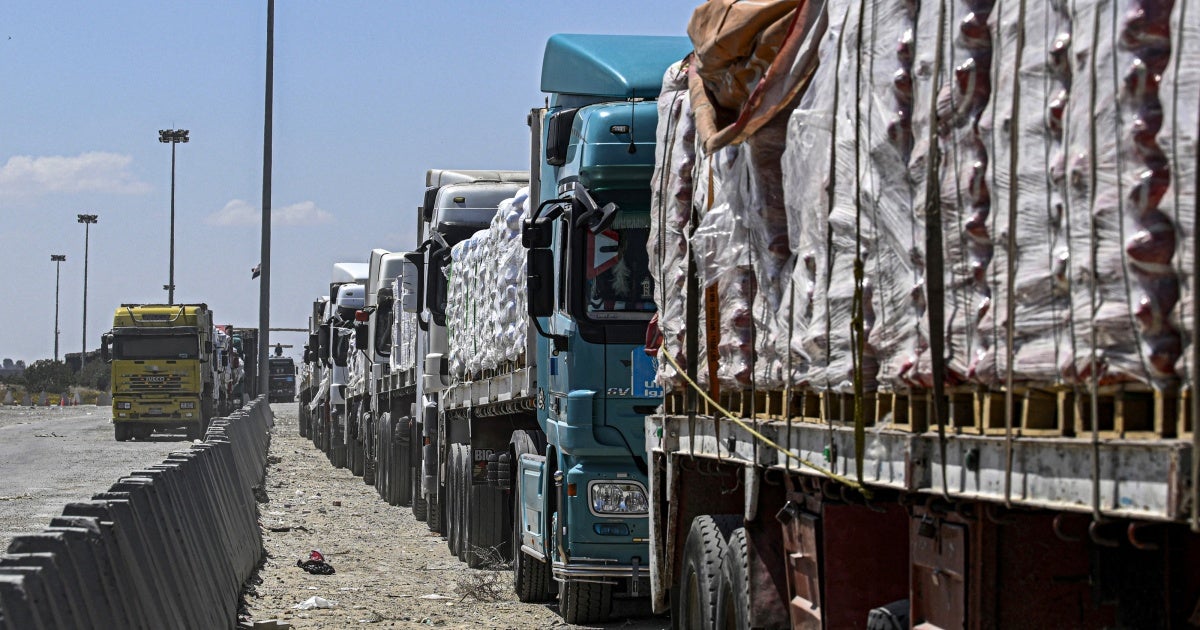Introduction
In crisis-affected regions, humanitarian assistance is not just relief—it is survival. As Gaza faces severe shortages of food and essential supplies, the UN World Food Programme (WFP) is working urgently to deliver life-saving aid with the recent opening of the border to allow access of live saving materials by the Isreali authorities. 62 WFP trucks have successfully crossed border security checks this week, carrying food for children and families in desperate need.
While these efforts mark critical progress, the scale of need far surpasses current capacity. To ensure long-term impact, international coordination, infrastructure support, and funding improvements are necessary to expand and enhance humanitarian relief efforts.
Current Aid Operations: WFP’s Critical Efforts
The WFP’s response includes:
- Emergency Food Deliveries – Providing immediate nutritional assistance to families facing extreme food shortages.
- Logistics & Supply Chain Management – Ensuring aid reaches designated areas despite infrastructure challenges.
- Coordination with Local Groups – Collaborating with local networks and aid organizations for efficient distribution.
Every truck entering Gaza represents hope, but with escalating needs, scaling up efforts is imperative.
Challenges Hindering Humanitarian Aid
Despite ongoing efforts, several factors limit the effectiveness of humanitarian aid:
- Border Access Restrictions – Limited entry points slow down relief efforts and create bottlenecks.
- Security & Conflict Zones – Ongoing instability increases risks for aid workers and delays operations.
- Supply Chain Disruptions – Infrastructure damage complicates storage, transportation, and distribution of aid.
Without strategic intervention, humanitarian operations cannot sustain long-term relief at the scale required.
How Aid Can Be Improved & Expanded
To enhance humanitarian relief, key actions must be prioritized:
1. Expanding Border Access for Aid Trucks
- Negotiating diplomatic agreements to open more entry routes for humanitarian deliveries.
- Creating priority lanes for emergency food and medical supplies to reduce clearance delays.
2. Strengthening Logistics & Infrastructure
- Investing in temporary supply hubs closer to affected regions to speed up distribution.
- Upgrading transportation networks to ensure aid reaches communities efficiently.
3. Increasing Funding & International Support
- Encouraging global donors to allocate more resources for sustained aid operations.
- Implementing direct funding models for on-ground organizations handling last-mile distribution.
4. Enhancing Coordination Between Aid Agencies
- Streamlining relief efforts between NGOs and government bodies for efficient operations.
- Using data-driven tracking systems to optimize aid delivery and prevent shortages.
With scaled-up coordination, funding, and infrastructure improvements, aid efforts can move beyond emergency response to ensuring sustained relief.
Conclusion
While WFP’s ongoing efforts in Gaza provide critical life-saving assistance, the need for expanded humanitarian operations remains urgent. More trucks, better infrastructure, and strengthened global cooperation are essential to closing the aid gap. The path forward requires bold action, ensuring no family is left without food, security, and hope and we hope that donor and aid giving organizations would step up to the challenge to see that this vital opportunity is fully utilized.

Leave a Reply